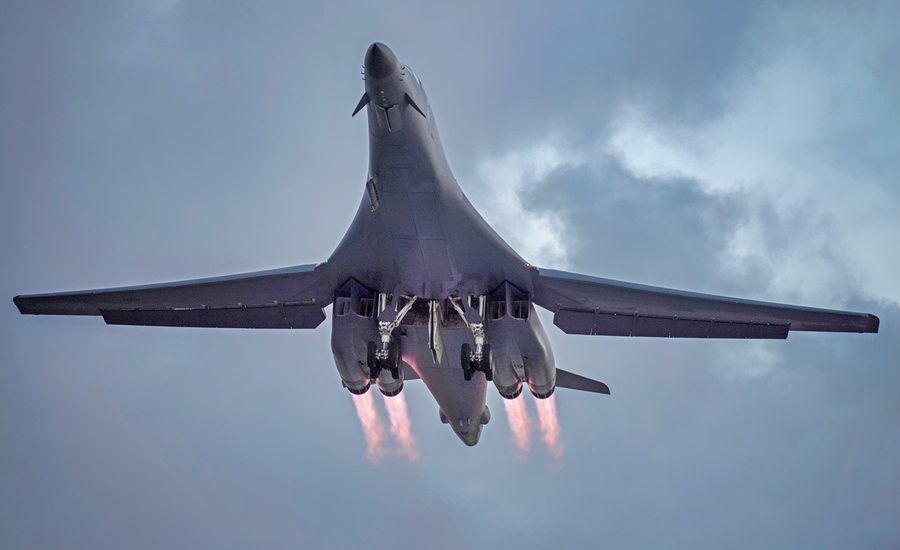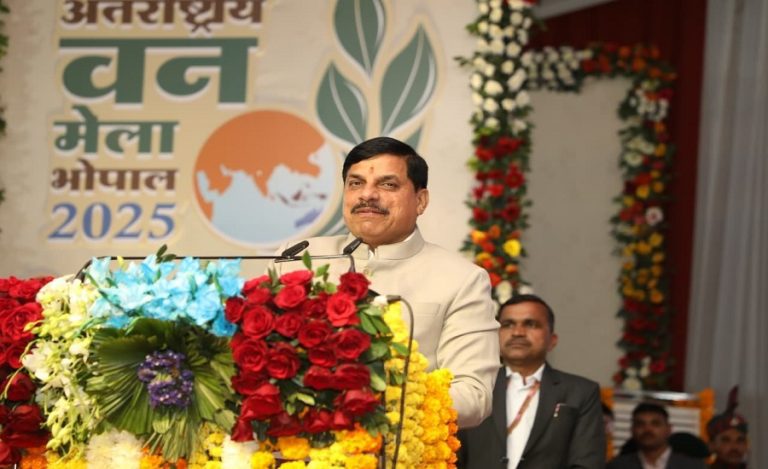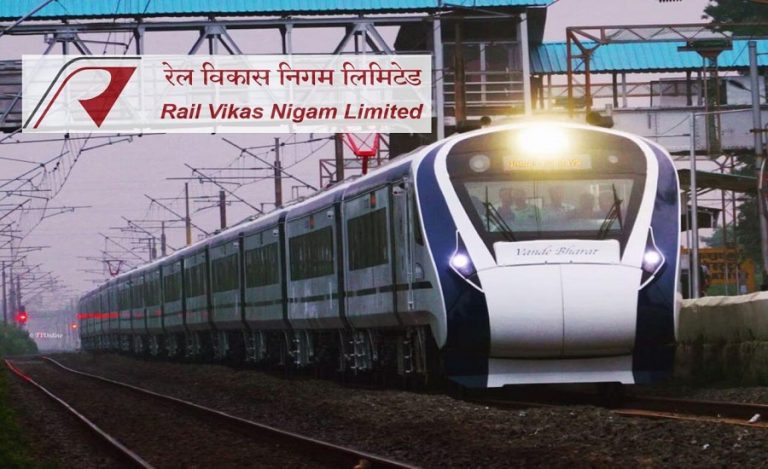In a notable demonstration of strategic partnership, the United States Air Force (USAF) will deploy its iconic B‑1B Lancer bomber to India for a major joint air exercise with the Indian Air Force (IAF). This agreement comes at a time when commercial relations between the two countries are under stress due to elevated trade tariffs — yet defence cooperation remains resilient.
Background of the Story
Over recent years, India and the United States have deepened their defence engagement across air, land and sea domains. The B-1B’s forthcoming visit to India marks the first time this bomber platform will take part in an operational drill on the subcontinent.
Meanwhile, bilateral trade relations have been challenged by the U.S. imposing hefty tariffs on Indian exports and other policy frictions. These economic skirmishes risk spilling into the defence domain — though officials assure that military ties remain unaffected.
Why the B-1B Deployment Matters
The B-1B Lancer is a long-range, heavy-payload strategic bomber — usually reserved for America’s core allied deployments. Its deployment to India signals a high level of trust and operational synergy emerging between the two air forces.
For the Indian Air Force, hosting this aircraft offers a rare opportunity to gain insight into advanced U.S. tactics — including precision strike simulations, aerial refuelling and combined sortie missions.
Details of the B-1B Lancer India Joint Exercise
- The drills will feature complex bilateral air manoeuvres; precision strikes, air interdiction and coordinated sorties.
- The IAF is expected to field its Su-30MKI, Rafale and possibly the TEJAS MK-1A fighter aircraft for plug-and-play interoperability.
- Key components will include joint mission planning, electronic warfare modules and cross-force communications.
Trade Tariff Frictions vs Defence Partnerships
Despite ongoing trade tensions — including U.S. tariffs on Indian exports — defence cooperation appears to be insulated. According to India’s Defence Secretary Rajesh Kumar Singh, there has been “no spillover effect” from trade discord into the military domain.
However, analysts caution that while procurement and exercises are proceeding, bigger technology-transfer and co-production deals may face delays due to the broader economic chill.
Strategic Significance & Regional Context of B-1B Lancer India Joint Exercise
This exercise comes at a time of heightened Indo-Pacific security dynamics. The India-US alignment is increasingly viewed in the context of balancing regional power shifts and securing maritime and air-domain stability in the Indian Ocean Region.
The B-1B’s participation serves not just as a tactical exercise but as a strategic signal — regionally and globally — that India remains a key security partner for the U.S., and vice-versa.
Implications of B-1B Lancer India Joint Exercise for India’s Defence Modernization
For India, the exposure to U.S. strategic assets like the B-1B contributes to its indigenous modernisation drive — equipping its air force with lessons in long-haul strike, network-centric warfare and allied interoperability.
At the same time, this reinforces India’s role as a credible partner in multinational defence collaborations rather than only a procurement-driven force.
What to Watch Next
- Date and location announcements for the joint exercise: when and where the B-1B will arrive in India.
- Joint communiqué or statements by India and U.S. defence ministries post-exercise.
- Any further deals or MoUs signed alongside the drill (e.g., technology transfers, co-production).
- Whether escalating trade tensions begin to affect more sensitive defence collaborations (e.g., weapons production deals).



























